With the First Sunday of Advent we begin Cycle B of our 3 year Lectionary cycle (A-B-C). The Lectionary is the book of Scripture readings used at Mass. The Gospel of Mark is the Gospel that we hear during this new liturgical year. Make this a part of your regular Bible reading at home. Note: Because the Gospel of Mark is short, some readings from the Bread of Life discourse from the Gospel of John, are heard in the summer.
The winged lion is the symbol of St. Mark the Evangelist. This symbol appears in a vision of the Prophet Ezekiel where four winged creatures represent the four evangelists (Ezekiel 1:10). St. Mark, represented as a winged lion, is also derived from the prophetic visions contained in the verse Revelation 4:7, The first creature resembled a lion, the second was like a calf, the third had a face like that of a human being, and the fourth looked like an eagle in flight. The lion is one of the four living creatures described in the book surrounding the throne of the Almighty and they are chosen as symbols of the four evangelists. Matthew is depicted as a human, Mark as a lion, Luke as an ox, and John as an eagle.
[Mark] shows Jesus always on the go, unceasingly moving elsewhere, farther, and urging his disciples to
follow him without ever stopping and getting settled. …
[It is] a narrative manifestly structured to urge its readers to take side in the action Mark recounts. He wrote it to incite them to recognize, along with the centurion who witnessed Jesus’ death that, “Truly this man was the Son of God (Mark 15:39) and to receive the good news with joy and faith before the empty tomb: “Do not be amazed! You seek Jesus of Nazareth, the crucified. He has been raised; he is not here” (Mark 16:6).
Days of the Lord: The Liturgical Year , Vol. 5. Ordinary Time, Year B (The Liturgical Press. © 1993).
